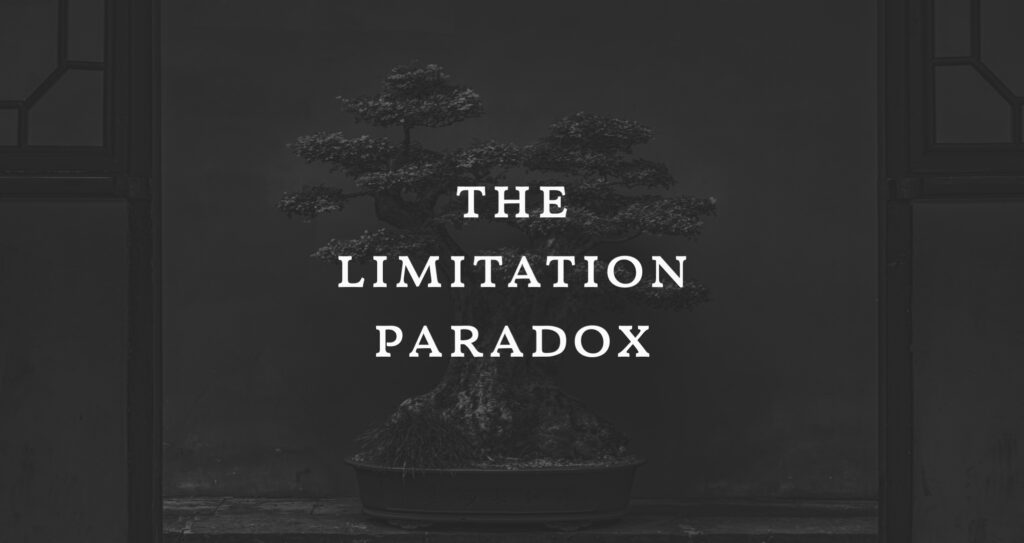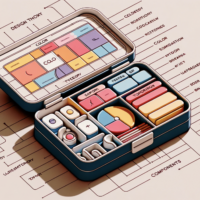
Summary: The limitation paradox is the idea that limitations can both restrict and stimulate creativity and innovation. It highlights the tension between the perceived limitations of a given context or situation and the boundless potential for creative expression and innovation.
As designers, we often encounter constraints and limitations in our work. These can range from tight budgets and timelines to difficult clients and technical challenges. At first glance, these limitations can feel like obstacles that restrict creativity and limit what’s possible. However, what if we told you that these limitations could actually be a source of inspiration and opportunity?
That’s the idea behind the limitation paradox theory. By embracing constraints and working creatively within the limitations of a given context, designers can uncover new possibilities and develop unique and unexpected forms of expression. The paradoxical nature of limitations means that they can both restrict and stimulate creativity and innovation.
As designers, we are constantly seeking to push the boundaries of what’s possible and to develop innovative solutions that meet and exceed the constraints of the given context. This requires a deep understanding of the limitations and constraints we are working within, as well as a willingness to explore new and unexpected approaches to problem-solving.
One way to do this is by adopting an active mindset that focuses on action and experimentation. Instead of seeing limitations as barriers, we can view them as challenges to be overcome through creative problem-solving. By approaching limitations in this way, we can unlock our full creative potential and develop innovative solutions that meet and exceed the constraints of the given context.
Another key aspect of the limitation paradox theory is the importance of collaboration and community. By working with others who share our goals and values, we can leverage our collective strengths and develop more effective solutions that meet the needs of a diverse range of stakeholders. This requires a willingness to listen to others, to engage in constructive dialogue and debate, and to be open to new and unexpected ideas.
Ultimately, the limitation paradox theory challenges us to rethink our assumptions about the relationship between limitations and creativity. It invites us to embrace the paradoxical nature of limitations and to develop effective strategies for navigating them. Whether we are seasoned designers or just starting out, the limitation paradox theory provides us with a powerful tool for unlocking our full creative potential and achieving our design goals in ways we may not have thought possible.




